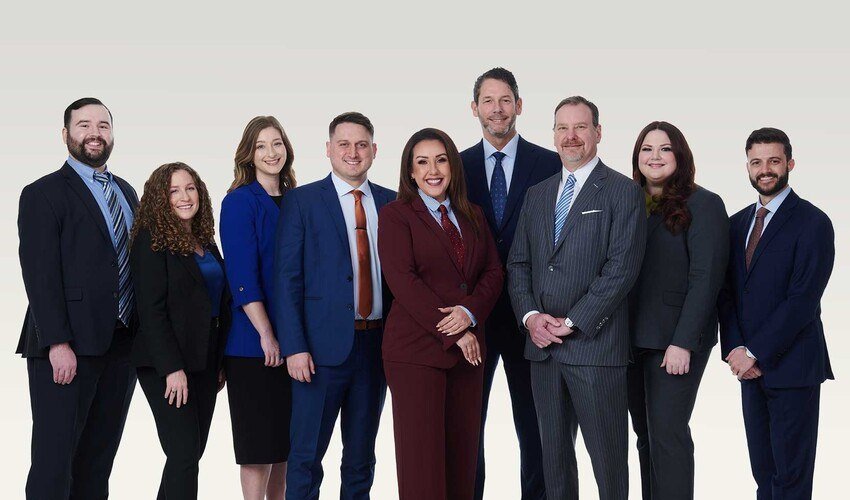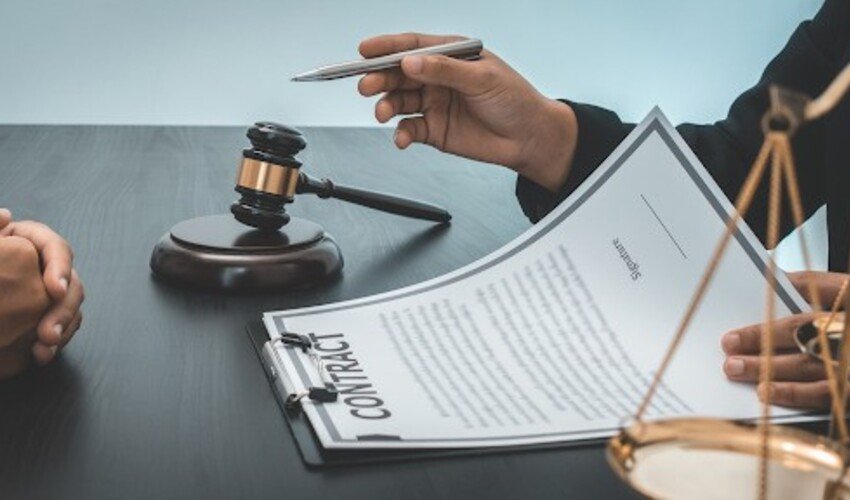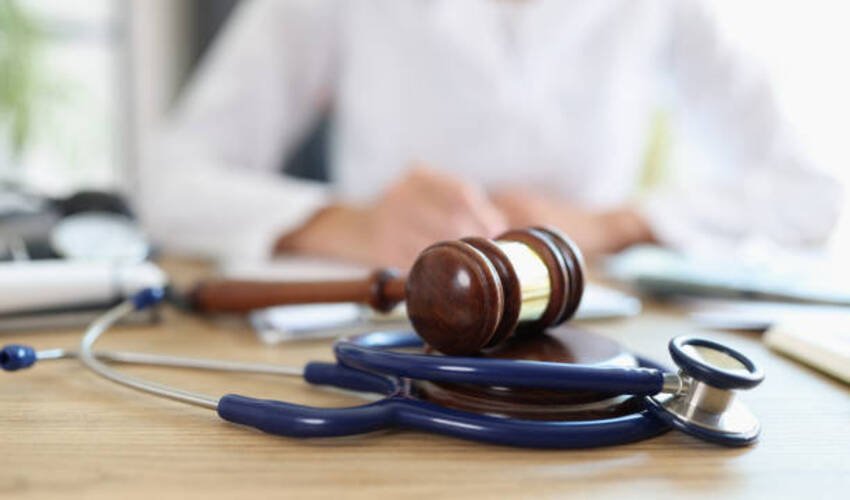Slip and fall incidents are among the most common premises liability claims, frequently resulting in complex legal proceedings. While the injury may seem straightforward, the legal path from the moment it happens to the eventual trial is filled with numerous procedures and checkpoints. Every step requires careful documentation, legal strategy, and a clear understanding of liability and damages. Success in a slip and fall claim is rarely just about proving that someone fell—it hinges on proving why the incident occurred and who is responsible. We will explore the complete journey of such claims, shedding light on the significant steps that define the process. From gathering evidence to court appearances, understanding the sequence and nuances of each phase helps injured individuals better navigate the legal system and make informed decisions about their cases.
Understanding the Legal Path of a Slip & Fall claim
1. Initial Discovery and Injury Documentation
The journey of a slip and fall claim begins the moment the incident occurs. Immediate attention to medical needs is essential, but equally important is the prompt documentation of the event itself. This includes taking photographs of the scene, noting the presence of hazards such as wet floors, loose tiles, or poor lighting, and collecting witness statements if available. The injured party should ensure that a formal incident report is completed, especially if the fall occurred in a commercial setting, such as a store or restaurant. Consulting a slip and fall injury lawyer near me during this early stage can also provide valuable guidance on how to preserve evidence and protect one’s rights.
Documentation should also include clothing and footwear worn at the time, as these can be scrutinized later. Medical treatment records, physician diagnoses, and follow-up care logs become critical pieces of evidence that not only support the existence of injury but also its severity and impact on daily life. Legal professionals often advise against making public statements or social media posts regarding the incident, as these can be misinterpreted or used unfavorably in later proceedings.
2. Filing the Claim and Investigating Liability
Once the incident has been adequately documented and initial treatment has been received, the next step is to determine whether there are legal grounds for a claim. Not every fall results in a compensable legal case. The focus here is on identifying whether negligence was involved—did the property owner or occupier fail to take reasonable steps to maintain a safe environment? An attorney will typically perform a detailed investigation that may involve requesting security camera footage, maintenance logs, weather reports, and employee statements.
If the property is owned by a corporation, the complexity increases due to the potential involvement of multiple responsible parties. Insurance providers often enter the scene at this stage, either offering early settlements or beginning their investigations to minimize liability. An effective claim requires building a strong narrative of foreseeability—proving that the hazard was known or should have been known by the property owner and that adequate steps were not taken to prevent harm.
3. Pre-Litigation Negotiation and Settlement Discussions
Before any formal court proceedings begin, many slip and fall claims enter a pre-litigation phase, where negotiation between the injured party’s legal representative and the property owner’s insurer or attorney takes place. This stage is crucial, as a majority of claims are resolved without a trial. Settlement discussions are based on the strength of the evidence, including medical records, proof of lost wages, and personal impact statements that reflect how the injury has altered the injured party’s life. Lawyers often prepare a demand letter, outlining the liability argument, the damages suffered, and the compensation being sought.
The opposing side may counter with a lower offer or request additional documentation. Sometimes, both parties agree to mediation, a structured negotiation led by a neutral third party. While this stage can be less confrontational than a courtroom, it still demands thorough preparation and strategic communication. A fair settlement avoids lengthy litigation; however, when an agreement cannot be reached, the next step becomes necessary.
4. Filing the Lawsuit and the Discovery Phase
If pre-litigation efforts fail to produce a satisfactory outcome, a formal lawsuit is filed. This begins with the plaintiff submitting a complaint that outlines the allegations and the basis for legal responsibility. The defendant then responds, either admitting or denying the claims. The process enters the discovery phase, a structured exchange of information between both parties. This includes interrogatories, depositions, requests for documents, and expert testimony. Discovery can be extensive, especially when the property owner challenges the claim or introduces alternative theories of causation.
For example, they may argue that the injured individual was not paying attention or that a warning sign was displayed. Attorneys on both sides use this phase to refine their arguments and anticipate the opposing side’s strategies. Discovery also plays a role in shaping future settlement discussions, as new evidence can influence the willingness of either party to resolve the matter before going to trial.
The road from a slip and fall incident to a courtroom verdict is rarely a linear process. Each step—from documenting the injury and investigating negligence to negotiating settlements and preparing for trial—requires persistence, attention to detail, and an understanding of legal dynamics. The process is not simply about proving that an injury occurred, but rather demonstrating that it resulted from a preventable failure by another party. For individuals navigating such claims, recognizing the complexity and commitment required along the way can make a profound difference in the outcome. Whether resolved through negotiation or decided in court, a well-supported slip and fall claim represents a clear, deliberate effort to assert one’s rights within the legal system.
Read Dive is a leading technology blog focusing on different domains like Blockchain, AI, Chatbot, Fintech, Health Tech, Software Development and Testing. For guest blogging, please feel free to contact at readdive@gmail.com.





